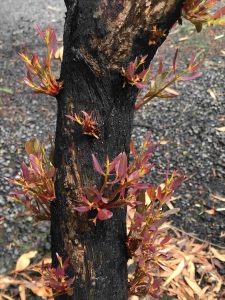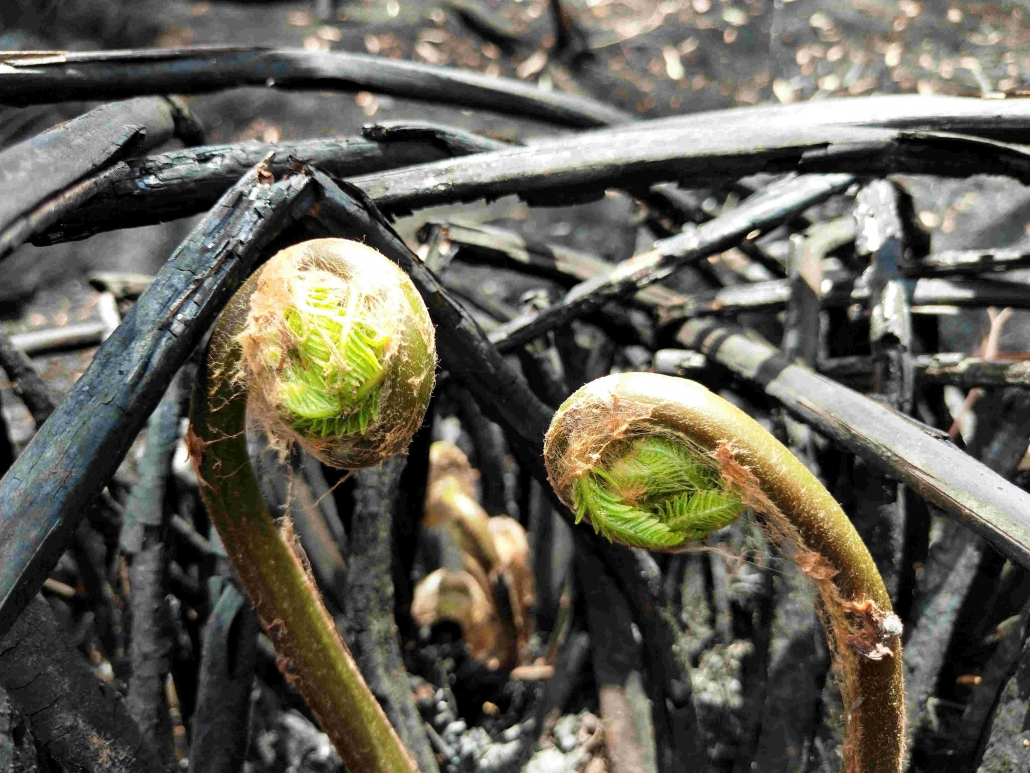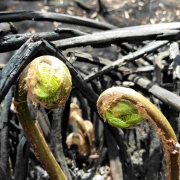Help contribute to bushfire recovery science
The 2019-20 summer saw unprecedented bushfire activity in eastern Australia, making headline news around the globe. With the bushfire season not over, and fires still active in many areas, the full extent of the damage and cost to people, property, livestock and the natural environment may not be known for many months.
The sheer extent of the fires and the impacts on our community have left many of us feeling helpless. A recently launched citizen science project is providing an opportunity for people to make a positive contribution to post-bushfire efforts.
A group of researchers from the Centre of Ecosystem Science at the University of NSW are trying to understand how the environment recovers from this unprecedented fire season through the Environment Recovery Project: Australian Bushfires initiative. And they need your help to collect species recovery data to advance this important scientific goal.

Image credit: Casey Kirchhoff
“We will use people’s observations for future research into understanding how some areas recover better than others, and in different places, as well as understanding which animals and plants come back first,” Professor Richard Kingsford, Director of the UNSW Centre for Ecosystem Science, said.
“The key aims of this initiative are to understand which plant species are resprouting and growing seedlings, to calculate when and how animals return to burnt areas, and to highlight which species are struggling to recover and might need our help.
“Understanding recovery from this unprecedented fire season is scientifically critical and the opportunity to harness the community’s resources through the Environment Recovery Project is a practical way of doing this.”
Many temperature records were broken this summer and Australia’s climate is going to continue to get hotter and drier, contributing to more frequent and more intense bushfires.
Observations from the Environment Recovery Project will build a picture of when, where and how Australia’s ecosystems recover from these fires, which will inform future research. Participation from the public means that many observations, from an extensive area can be collected, something that would be impossible with the resources available to scientists alone.
Providing it’s safe to do so, take a walk in areas of burnt bushland. But please be aware of current weather conditions and fire danger ratings. Never enter areas where there is active fire. Many bushfire impacted communities are still grieving, please be respectful of their privacy. Do not trespass private property. Always stay on designated walking trails and do not trample recovering biodiversity.

To contribute simply download the mobile app (available from: https://www.inaturalist.org/projects/environment-recovery-project-australian-bushfires-2019-2020) and take some photos with your phone:
- Plants (native and weeds): Seedling or resprout
- Animals (natives and ferals): Alive or dead, tracks and scats
- Fungi and Lichen
- Landscapes: Photos that capture scorch height (how high the fires went) or the extent of leaves lost up to the canopy
Observations of common species are just as important as rare species.



